“This is how things come to pass in the world,” one of the princes is supposed to have said. “Blood flows one way in life and another way in song, and one never knows which flow is the right one,” writes Ismail Kadare, the greatest Albanian writer, in his book on Kosovo. Let us hope he lives long enough to receive the Nobel Prize, which he highly deserves. One of the most important stereotypes linked to the Balkans is perhaps violence and passions – the strange coupling of blood and song.
Indeed, this not-so-large geographical region is a crucible not only for wars, but also for great cultural achievements, such as: the kolo dance; Sevdah music and Albanian polyphony; the novels of Kadare, the Croatian Miroslav Krleža, and the Serbian Aleksandar Tišma; along with the films of the Macedonian Milcho Manchevski and the Serbian Emir Kusturica. The PONT Festival, which started two years ago, focuses each year on presenting the treasures of the world’s various regions, and in 2019 will set out to explore a region that, although close to us in Hungary, is yet to be explored in detail.
Presenting the Balkans is both easy and difficult for the same reason: they are nearby, so we think we are familiar with them and know all about them. But one of the strengths of the Balkans lies in their inscrutable quality. It is rare to find such cultural variety in such a small region, and of course this is primarily due to the turbulence of its history. The overall picture is influenced by religious fault lines, with Catholic inhabitants at the western edge, and Orthodox and Muslims elsewhere. Another determining factor is the varying degree of the Turkish-Ottoman-Byzantine influence, which in some areas lasted five hundred years, but barely touched others. Not long ago, certain regions were still one country, namely, Yugoslavia, where the same television programmes were watched, and people raved about the same stars, while other places, like Albania, were cut off from the rest of the world for half a century.
All this diversity is reflected in the traditions of the Balkan region on the UNESCO World Heritage List, and many of these stories would fill a novel in themselves. Take for instance the north Macedonian Štip: here, on 22 March each year, they commemorate forty Christian martyrs – Roman legionaries who converted to the new faith, and were executed in 320 in Sivas (known as Sebaste in ancient times) in present-day Turkey. Each year, the inhabitants of Štip ascend the peak of Isar hill next to the town, have picnics, and practice many customs related to the number forty: they are supposed to collect forty stones on the hill to ensure a happy marriage and have to shake hands with forty acquaintances. A gift-exchanging tradition at the end of winter, the Martenitsa, is held on the first day of March in Romania, Moldova, and Bulgaria, as well as the country whose new official name, since February 2019, is North Macedonia. The Macedonians are linked to Turkey by the Muslim spring custom of Hıdırellez, held from the evening of 5 May to the next day. This Hıdırellez is the same as the Balkan Gypsy feast familiar from a famous song, the Ederlezi, and is perhaps the most ethnographically complex group of customs – including gastronomy, music, and handicrafts – which is both Muslim (the days honouring Hızır and Ilyas) and Christian (since it falls on the same day as the feast of Saint George), and is celebrated in its own way by many folk, from Turks to Gypsies, Albanians to Bosnians.
The music of the region is interwoven by the traditions of polyphonic singing: the fascinating Albanian men’s polyphony, and as a counterpoint, the polyphonic songs of the world famous Bistritsa Babi, consisting exclusively of women from Bistritsa in Bulgaria. The Albanian tradition is presented by its most important exponents, the Albanian Iso-Polyphonic Choir, while Ági Herczku, Nikola Parov, and Szilvia Bognár introduce us to Bulgarian polyphony. Other a cappella genres are the Macedonian Glasoechko, and the Dalmatian klapa.
Round dances are common throughout the entire region. The best known is the kolo, which features on the UNESCO World Heritage List, and is perhaps the easiest of the Balkan round dances to learn. Naturally, there will be a chance to learn it at the PONT Festival, just like the Romanian căluş, which will be presented by the cimbalom-player Kálmán Balogh, with Moldavian guests and the Dezső Fitos Folkdance Company. When it comes to handicrafts, in addition to Bosnian Zmijanje embroidery and Bulgarian Chiprovtsi carpet weaving, participants can learn, or simply admire, the traditions of the Hıdırellez spring feast, the Turkish Karagöz shadow puppetry, Croatian gingerbread decorating, and egg-painting.
Naturally, we can’t leave out Hungary’s own snippet of the Balkans: the Šokci Slavic custom from the Mohács region of bidding farewell to winter, known as the Busójárás, which is also on the UNESCO World Heritage List. The festival begins with a throng of masked “busó” figures who greet spring. At the weekend, participants can practise the techniques of making the busó masks. Upon seeing how colourful the programme is, it seems like the UNESCO World Heritage List was invented expressly to provide the base for an exciting family festival.
Author: Balázs Weyer
This article was originally published in the BSF Magazine.
April 12–14
Várkert Bazár
PONT Festival
Breathing heritage
April 12 | 5 pm Spring welcoming busó walk
April 13 | 11 am Vilmos Gryllus’s show for children | 4 pm Tune In – A fairy-tale concert | 7 pm Albanian Iso-Polyphonic Choir | 8.30 pm Ágnes Herczku, Szilvia Bognár and Nikola Parov
April 14 | 11 am Vilmos Gryllus’s show for children | 4 pm Tune In – A fairy-tale concert | 7.30 pm Kálmán Balogh and Dezső Fitos Company

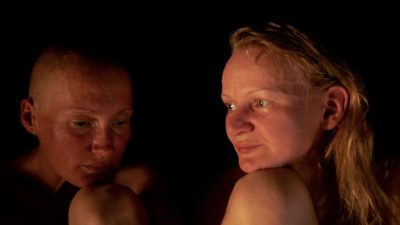


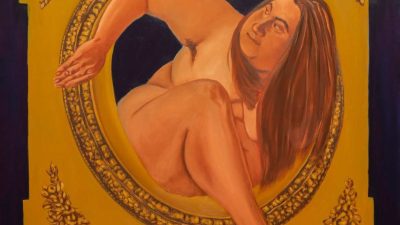
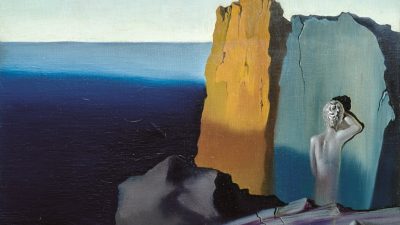



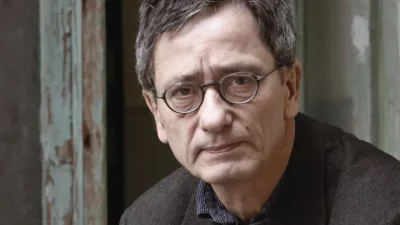










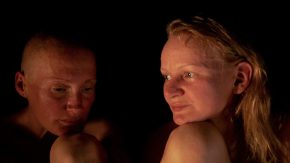


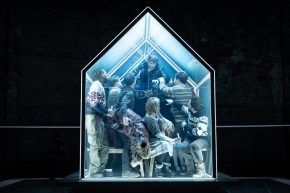
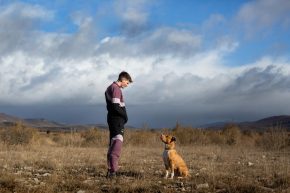

Comments